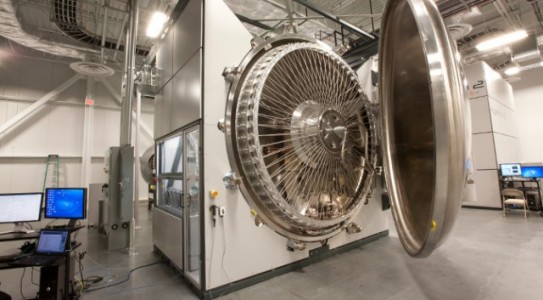Zilele trecute v-am spus ca Apple a incheiat un parteneriat strategic cu o companie care prelucreaza safir, cei din Cupertino investind aproape 600 de milioane de dolari in ideea de a obtine un stoc de panouri de safir suficient pentru a ii acoperi cererea in urmatorii ani. In momentul de fata Apple utilizeaza safirul pentru a proteja butonul Home cu Touch ID al iPhone 5S, dar si camera principala a iDevice-urilor lansate in ultimii ani, deci nu vorbim despre vreo schimbare facuta recent.
Totusi, aceasta investitie a celor de la Apple ar putea sta la baza unei schimbari majore in viitor, compania putand inlocui Gorilla Glass-ul actual cu panouri de sticla de safir. Compania GT Advanced Technologies, in a carei fabrica Apple a investit 578 milioane de dolari, a achizitionat recent o companie care a dezvoltat un accelerator de particule de ioni care permite taierea in fasii foarte subtiri a sticlei de safir. Avand in vedere ca safirul este foarte dur si foarte greu de taiat, laserul noului accelerator de particule ar putea simplifica extrem de mult procesul de taiere, reducand exponential costurile de productie pentru panourile de safir.
Apple could drive the costs of sapphire sheets down incredibly low in comparison to the traditional method. It will be able to create many of these super thin sapphire sheets from the same amount of raw material it would take to make one full piece of sapphire cover glass. It could then laminate the assembly together in the way that it currently does iPhones. This, in turn, could mean sapphire cover sheets that are harder and tougher than standard glass materials on your iPhone years sooner than most analysts have predicted.
Daca procesul tehnologic va fi perfectionat in timp util, atunci ne putem astepta ca in anii urmatori iPhone-urile sa aiba un panou frontal mult mai rezistent decat in trecut, cel putin teoretic. Producatorii Gorilla Glass au incercat sa demonstreze ca ale lor produse sunt mult mai rezistente decat safirul, insa cei de la Apple sunt de o cu totul alta parere si daca au dreptate, atunci iPhone-urile si tabletele iPad nu vor mai avea ecrane care se vor crapa atat de usor. Pentru ca toata aceasta teorie sa se transforme in realitate este nevoie ca acel accelerator de particule sa poata fi utilizat pentru a produce panouri de safir la scara industriala, deci ramane sa vedem cum va decurge totul.






















